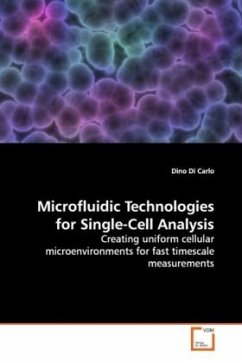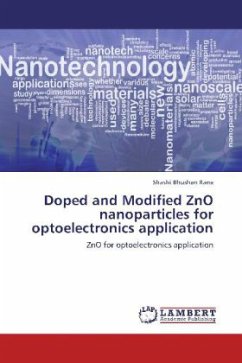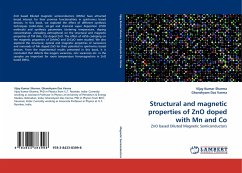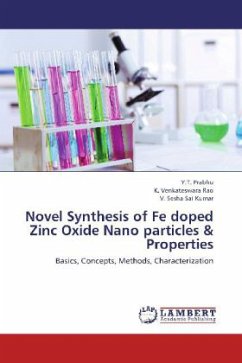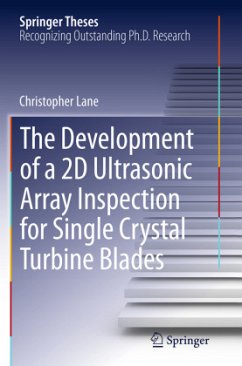
Pulling Doped-YAG Single-crystal Fibers
Growth, Characterization, and Applications
Versandkostenfrei!
Versandfertig in 6-10 Tagen
32,99 €
inkl. MwSt.

PAYBACK Punkte
16 °P sammeln!
Pulling bulk crystal into fiber is suitable for dvice applications in optical communications because of its structural similarity to silica fiber. Among fiber growth techniques, the laser-heated pedestal growth method (LHPG) was adopted. It is crucible free and can therefore produce high-quality single crystals. However, interface loss of the fiber is one of the main causes of optical loss. In order to reduce the loss, a proper method to clad the fiber is important for high performance device. For laser application, high-efficient Nd:YAG lasers were demonstrated using gradient-index crystal fi...
Pulling bulk crystal into fiber is suitable for
dvice applications in optical communications because
of its structural similarity to silica fiber. Among
fiber growth techniques, the laser-heated pedestal
growth method (LHPG) was adopted. It is crucible
free and can therefore produce high-quality single
crystals. However, interface loss of the fiber is
one of the main causes of optical loss. In order to
reduce the loss, a proper method to clad the fiber
is important for high performance device. For laser
application, high-efficient Nd:YAG lasers were
demonstrated using gradient-index crystal fibers.
For ASE and optical amplifier applications, Cr4+:YAG
crystal fiber was studied due to its fluorescence
just covering the low loss window of optical fiber.
To reduce the fiber diameter and propagation loss, a
novel cladding technique, codrawing LHPG, was
developed. A double-clad fiber was successfully
grown by the technique. As much as 2.36 mW of ASE
with a bandwidth of 265 nm was demonstrated. Up to
16-dB of gross gain at 1470 nm was also achieved. It
is the first transition metal-doped fiber amplifier
in the optical communication band.
dvice applications in optical communications because
of its structural similarity to silica fiber. Among
fiber growth techniques, the laser-heated pedestal
growth method (LHPG) was adopted. It is crucible
free and can therefore produce high-quality single
crystals. However, interface loss of the fiber is
one of the main causes of optical loss. In order to
reduce the loss, a proper method to clad the fiber
is important for high performance device. For laser
application, high-efficient Nd:YAG lasers were
demonstrated using gradient-index crystal fibers.
For ASE and optical amplifier applications, Cr4+:YAG
crystal fiber was studied due to its fluorescence
just covering the low loss window of optical fiber.
To reduce the fiber diameter and propagation loss, a
novel cladding technique, codrawing LHPG, was
developed. A double-clad fiber was successfully
grown by the technique. As much as 2.36 mW of ASE
with a bandwidth of 265 nm was demonstrated. Up to
16-dB of gross gain at 1470 nm was also achieved. It
is the first transition metal-doped fiber amplifier
in the optical communication band.





